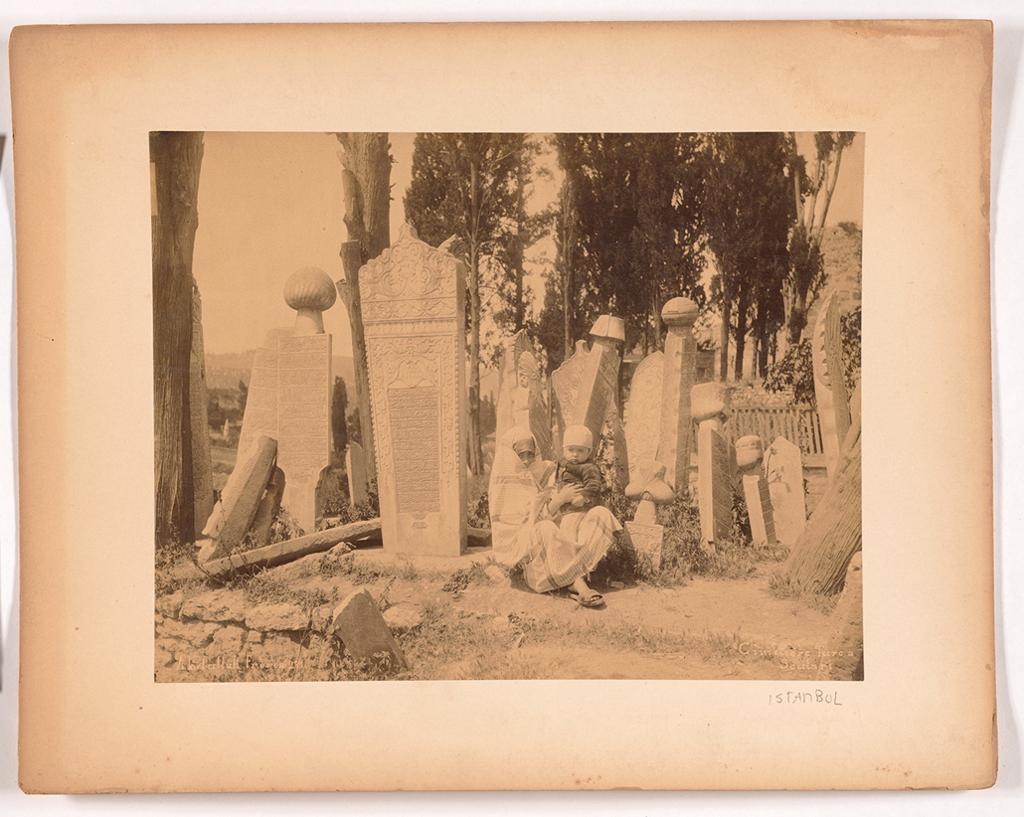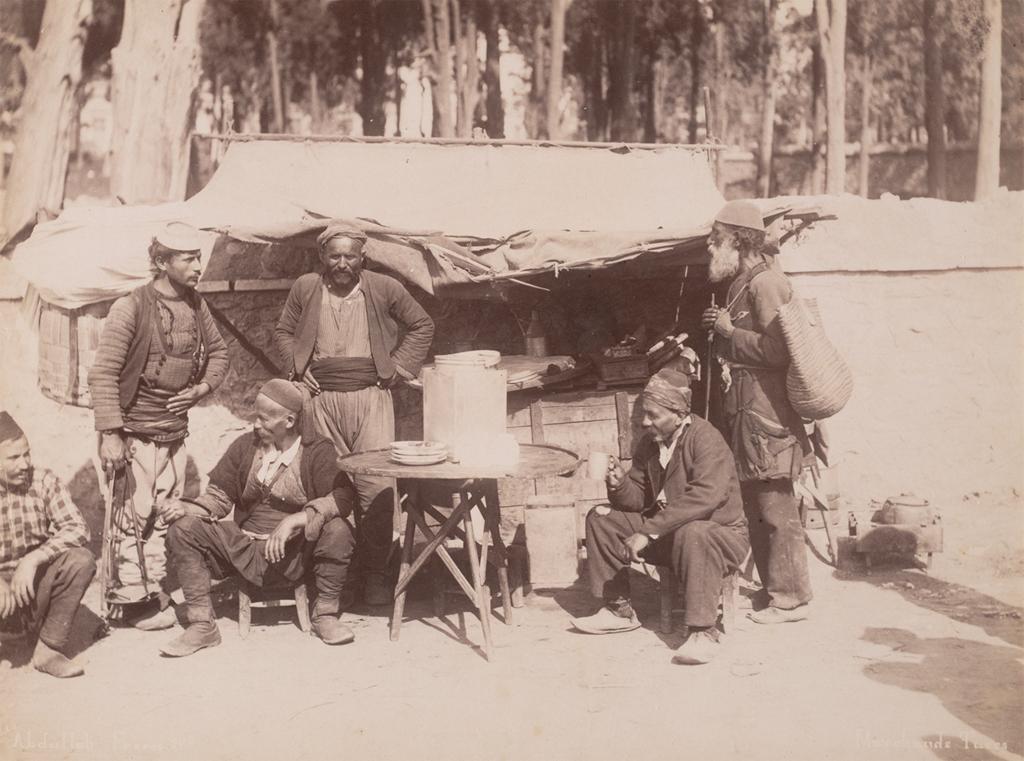Highlight: photography in Artstor

Abdullah Frères. Cimitiere Turca, Sculari, Istanbul. 19th century. Ackland Art Museum, University of North Carolina at Chapel Hill
Did you know that nearly 20% of Artstor’s more than 2 million images are photographs? This summer we released a new collection of over 36,000 images from The Center for Creative Photography and we added 47,000 new images to existing collections from Magnum Photos, Panos Pictures, and Condé Nast, bringing our photography holdings to more than 350,000. These additions join major collections such as George Eastman House (the world’s oldest photography museum), Eyes of the Nation: a Visual History of the United States (Library of Congress), the Museum of the City of New York, and fine art photography from the Larry Qualls collection of contemporary art, among others. Photography collections in Artstor span many types, including photojournalism, art photography, social documentary works, carte de visites, stereographs, fashion photography, and even vernacular photography. In aggregate, these diverse collections can provide visual histories of people, events, cultures, and countries between the advent of photography in 1839 and the present day.
For example, a search in Artstor for “Turkey” limited to photographs produces a set of images taken between 1844 and 2013 and provides a view of the country’s tension between tradition and westernization as Turkey moved towards modernization. The Abdullah Frères, a trio of brothers photographing Constantinople in the mid-to-late 19th century, depict the capital during the late days of the Ottoman Empire.

Abdullah Frères, Kevork and Wichen Biraderler. Marchands turcs, ca. 1870s. Center for Creative Photography, University of Arizona
In contrast, other images reveal romanticized Western views of Ottoman culture, such as British photographer Roger Fenton’s 1858 orientalist studio tableaus
What interesting histories can you find in Artstor’s photography collections? Search for a keyword and then narrow your results using the classification filter to the left. You can also narrow by geography (it’s important to note that this refers to the creator’s country of origin) or view the results chronologically by using the dropdown menu to view by date. Let us know what you learn!